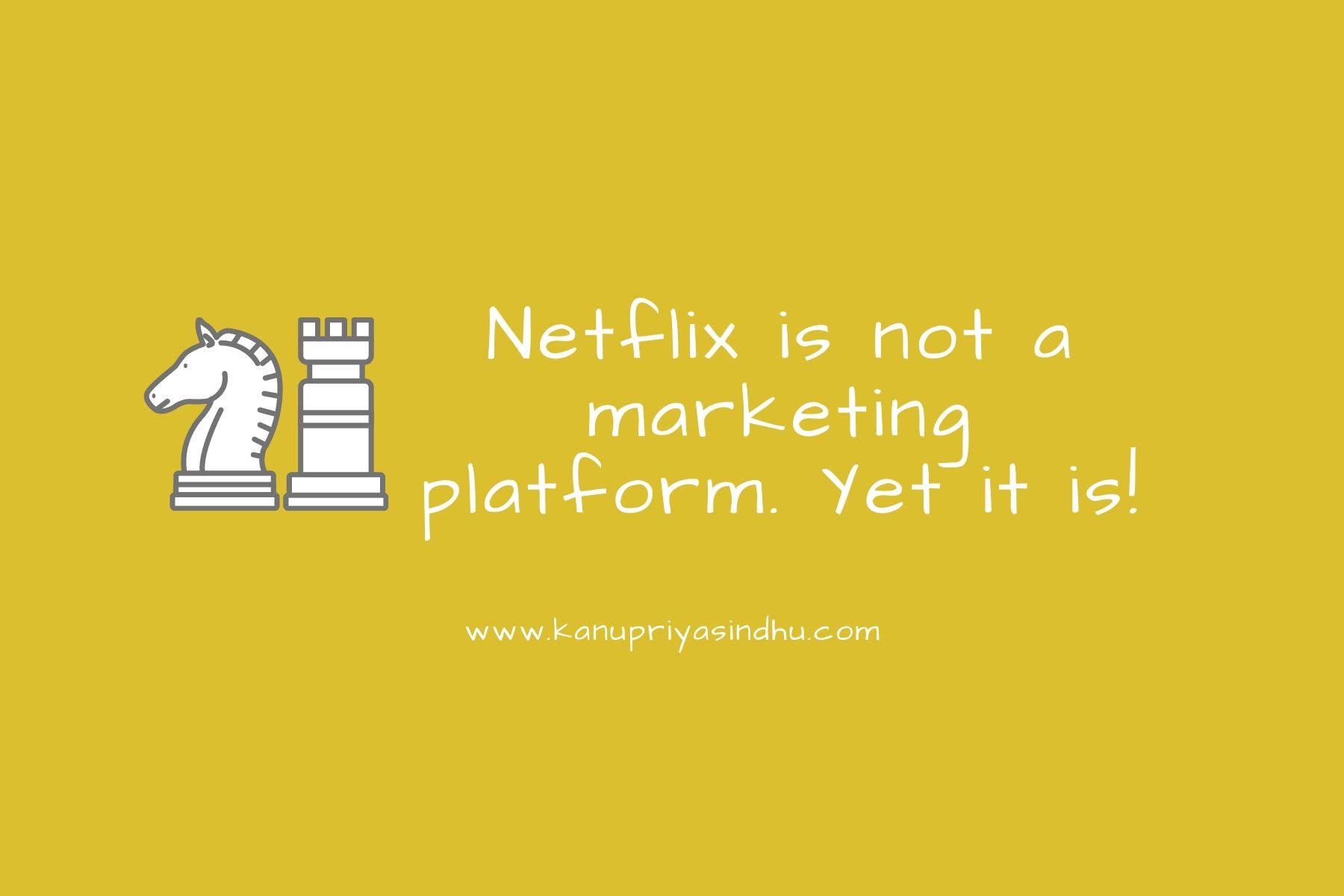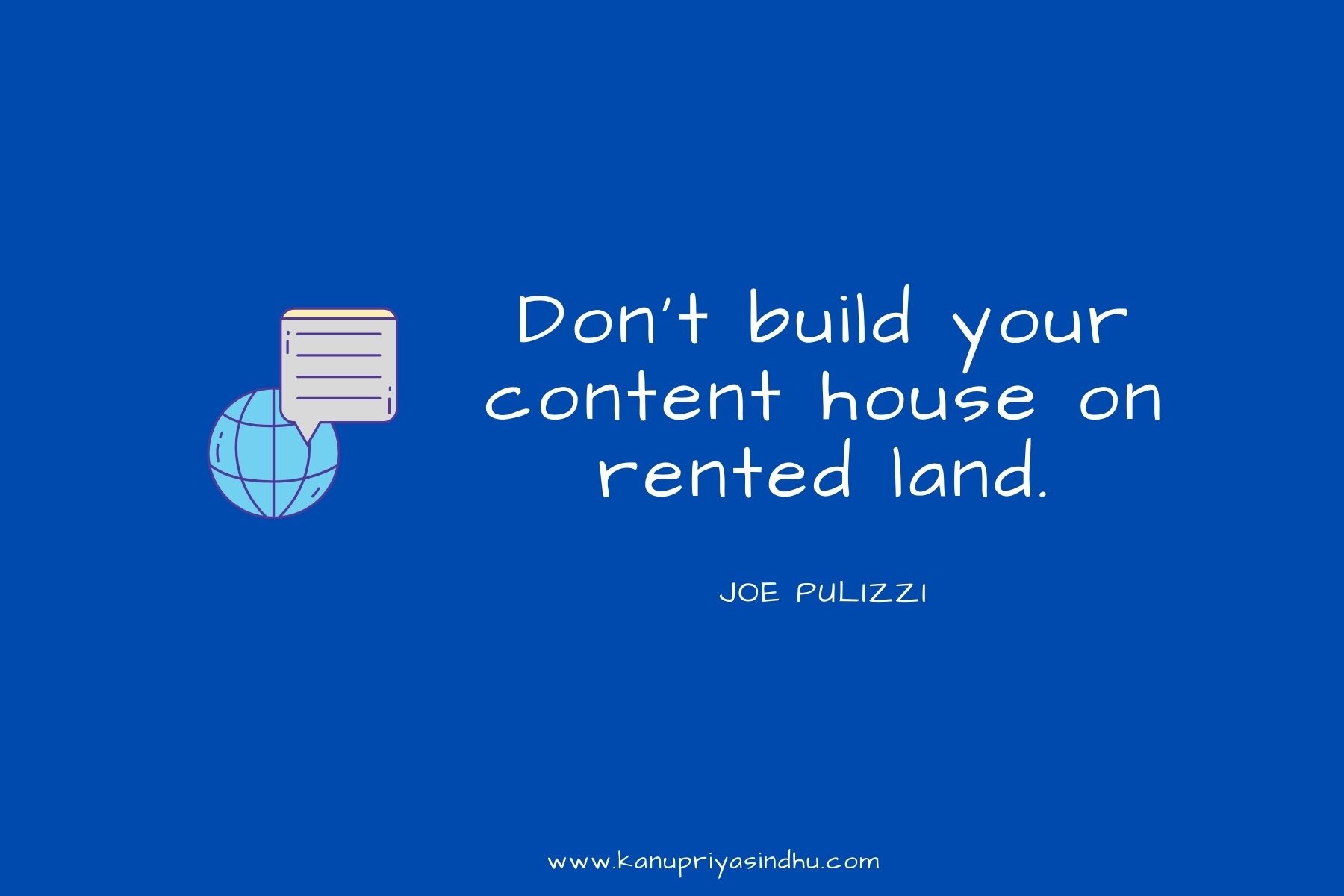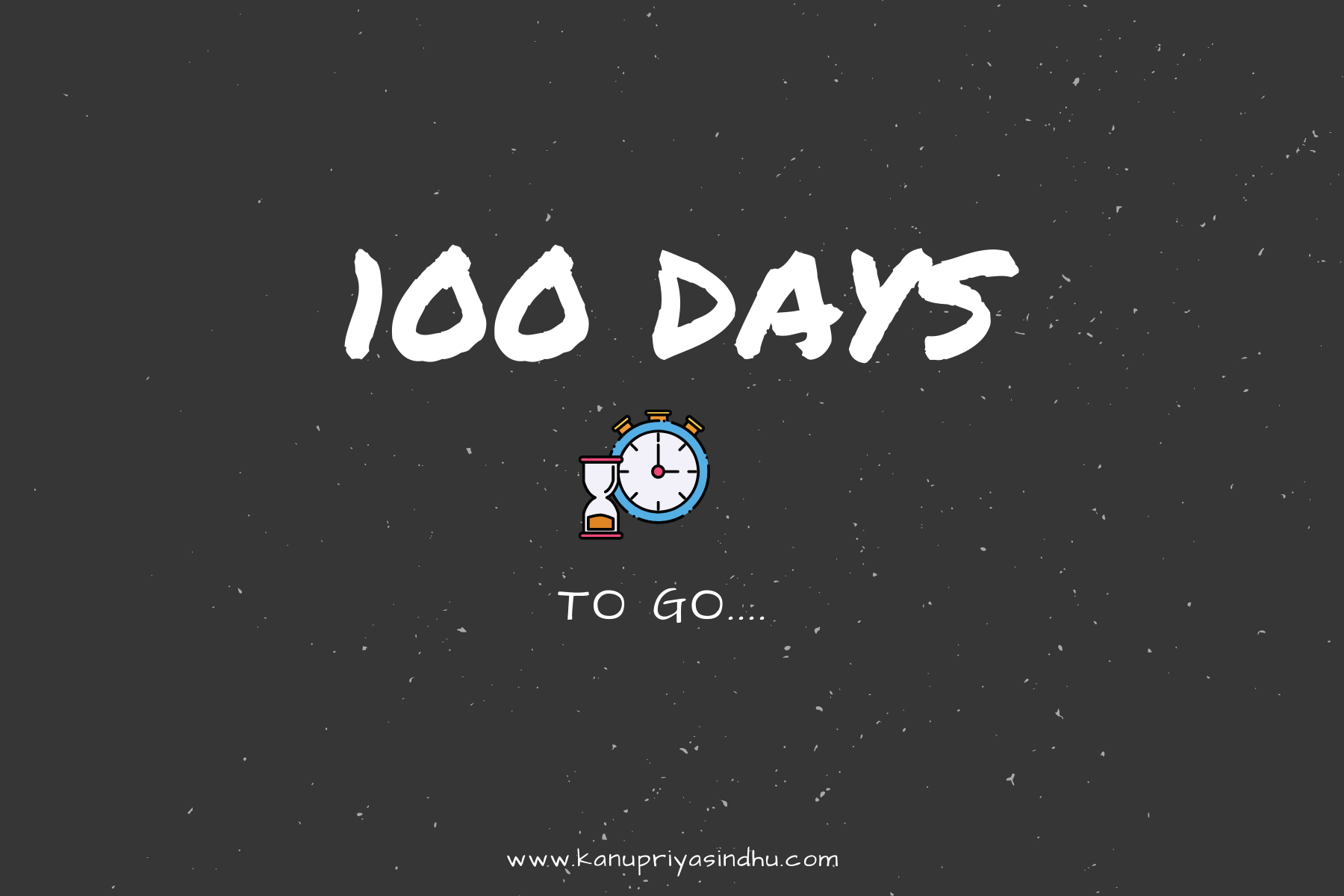 You search for Twitter management tools and you get millions if not zillions of suggestions to try this or that. Though have been using few actively for my personal account for quite some time now but recently tried to look for some new ones for a project related to my company. Last when I had used these tools for brand tracking was for my earlier company but must say that with the phenomenal growth of twitter, this twitter tool and app market has also exploded quite vehemently. I mean you search for anything and there are hundreds of free utilities which can offer you any kind of solution in just one click. And when there are lots of good things around, it’s difficult to decide on the best :).
You search for Twitter management tools and you get millions if not zillions of suggestions to try this or that. Though have been using few actively for my personal account for quite some time now but recently tried to look for some new ones for a project related to my company. Last when I had used these tools for brand tracking was for my earlier company but must say that with the phenomenal growth of twitter, this twitter tool and app market has also exploded quite vehemently. I mean you search for anything and there are hundreds of free utilities which can offer you any kind of solution in just one click. And when there are lots of good things around, it’s difficult to decide on the best :).
Based on my recent usage and experience, here’s a list of 5 tools which I think can be very helpful for keeping an eye on the following 5 aspects which you need to track about your brand.
- Tracking the brand mention: Social Mention – Though there are many alert and tracking options available but so far I liked Social Mention as the best one. It’s been used by many and in one single dashboard it actually tells you the mention of your brand not only in Twitter but in almost all other social media channels. To add to that, statistics like sentiment, strength, reach and passion help you analyze some qualitative aspects of your mentions as well. You can further filter your search for different types of social media channels.
- Measure your influence & reach: Twitalyzer – Twitalyzer is a combination of free and paid services. Free offerings include basic understanding of your scores for influence, reach, impact, engagement and velocity. To have further more detailed insights, you can always subscribe to their paid services and get detailed customized reports as per your needs.
- Know other influencers in your industry: Klout – Apart from measuring your influence, Klout also allows you to measure other interesting aspects like who are you influenced by, who are the top influencers in your industry, how is your influence score vis-a-vis other influencers similar to you. You can use Klout not only for your Twitter score but also for other channels like Facebook & Linkedin.
- Mapping against competitors: Twitter Counter – By far the best tool which I could get my hands on for comparison of your brand against your competitors. Not that more do not exist, but quite many are buggy or not with updated statistics. This one gives you a quick snapshot on weekly, monthly, 3 monthly and 6 monthly basis.
- Managing your followers count: Friend or Follow – Well, don’t think anyone can zero on one such service, there are hundreds and thousands of follower management tools, right from some which alert you over email (Qwitter) when somebody stops following you, to some which tell you which tweet made people unfollow you at what point (Tweet Effect). But for basic follower management, I find Friend or Follow to serve my purpose both for the brand handle and my personal one. It gives a dashboard view for fans, following and friends at one place and can help you in managing the list quickly.
This is a list of tools which I have found useful and have performed consistently, otherwise there are instances where many such free services close down without even sending any notification email (e.g., Qwitter – this service is really inconsistent when it comes to performance). Many of you must have been using different other tools for your brands, so in case you have suggestion for any better tool, please drop in a comment to this post.






Recent Comments